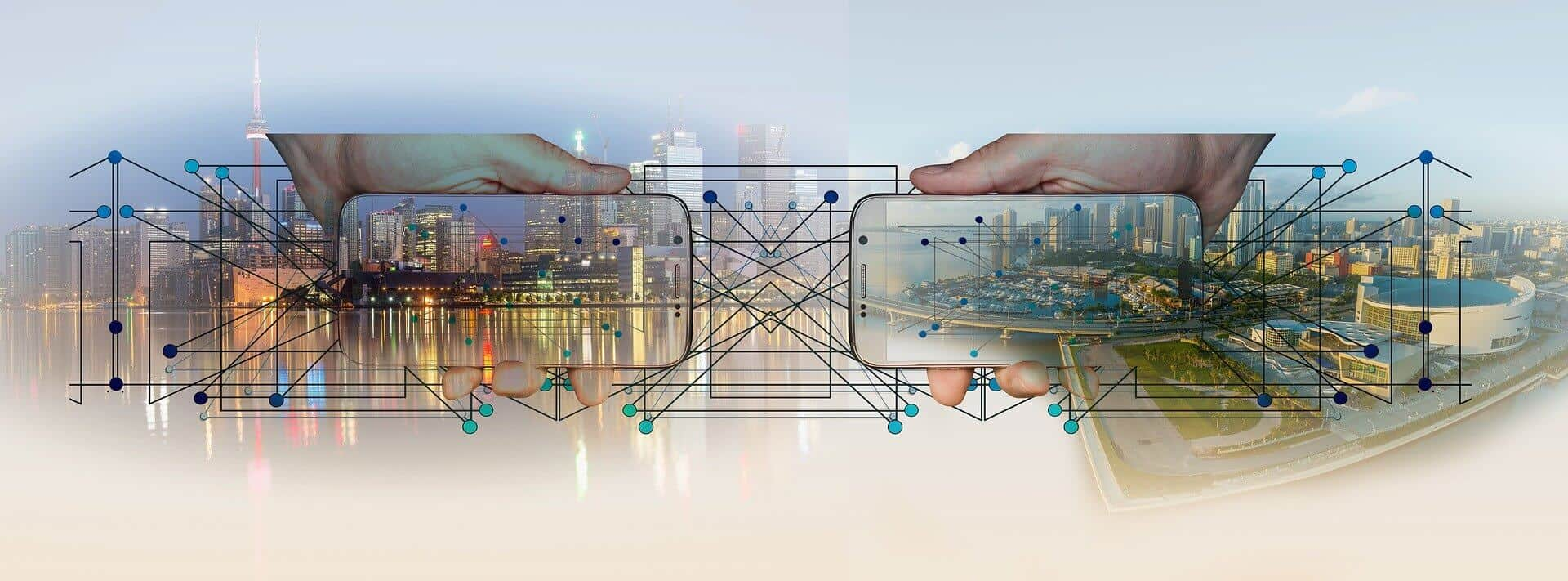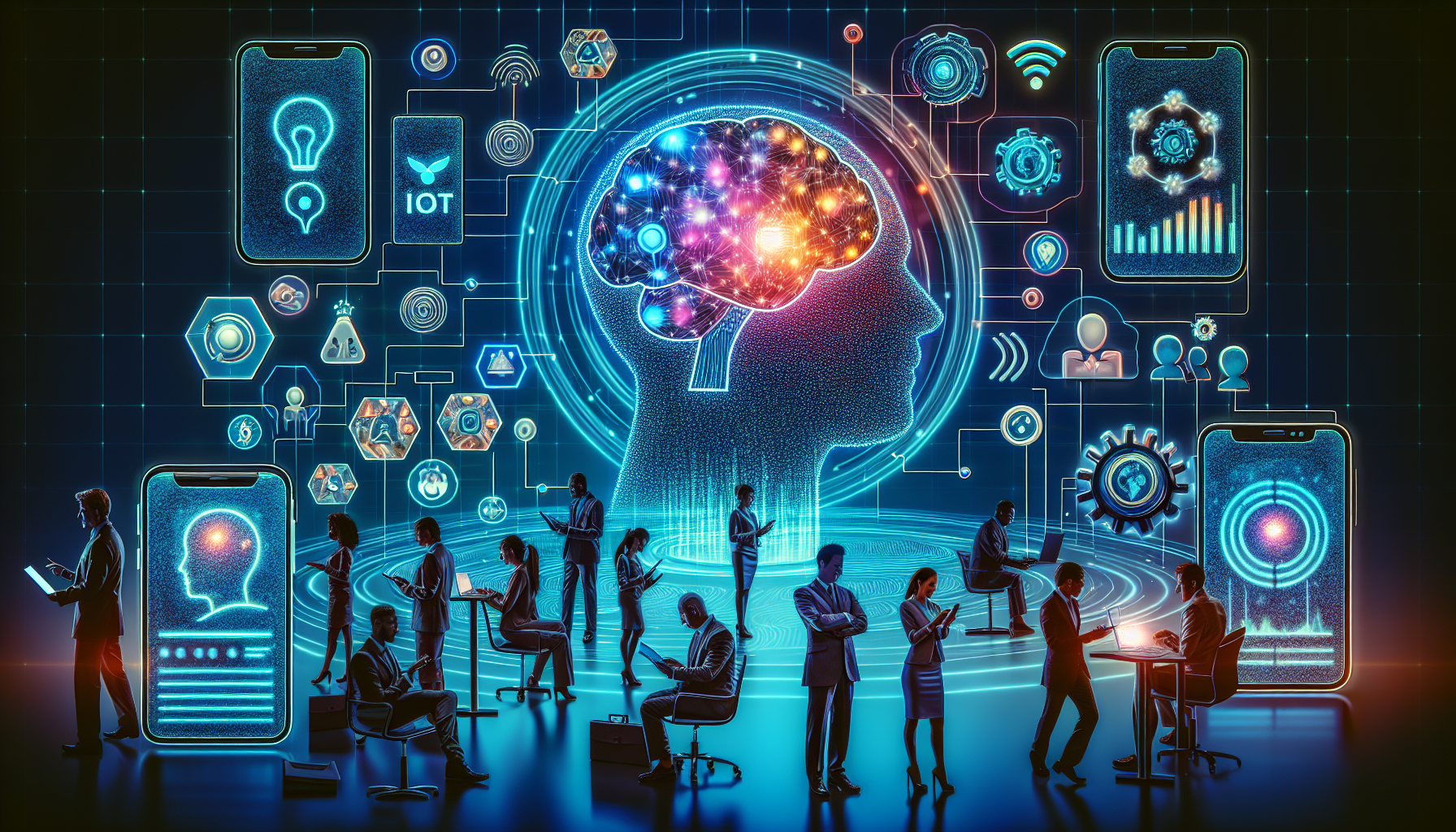 ## Utilizing IoT Data and AI for Customized Customer Interactions
## Utilizing IoT Data and AI for Customized Customer Interactions
The incorporation of artificial intelligence (AI) into Internet of Things (IoT) devices is transforming the manner in which companies engage with their clientele. Even though we are still in the phases of development and early adoption, this combination of technologies is creating avenues for exceptionally tailored customer interactions. This article delves into the collaborative nature of IoT and AI, the significance of customized customer interactions, and actionable methods to harness these technologies for achieving business success.
How Do IoT Devices and AI Collaborate?
Grasping IoT and Its Functions
IoT technology denotes a system of internet-connected devices that perpetually share data with a remote server and other local nodes in real time. These “smart” devices can be remotely managed through applications or dashboards, rendering them remarkably adaptable. Various forms of IoT devices, such as sensors and wearables, provide distinct advantages for data gathering and observation. For example, internet-connected sensors can collect data on various environmental factors like temperature and vibrations, which can be strategically advantageous for in-store product placements. Conversely, wearables excel in monitoring customer movement patterns and behaviors.
AI’s Contribution to Enhancing IoT
When IoT technology is implemented at the network’s edge, it frequently encounters constraints related to processing power and computing resources. This is where AI intervenes. AI can swiftly analyze extensive datasets in real time, drastically minimizing latency and enhancing processing speeds. A variety of AI models, including machine learning and natural language processing, can manage a high volume of interactions simultaneously, facilitating scalability to align with your business’s demands. This proficiency is essential for efficiently handling numerous customer interactions and data sources.
Why Is a Customized Customer Experience Crucial?
The Change in Customer Expectations
In the contemporary digital landscape, a universal approach is becoming outdated. Around 55% of business owners utilizing AI deploy it for personalization, highlighting its significance. Customers now anticipate experiences fine-tuned to their unique needs and preferences. This transformation in demand compels businesses to focus on segmenting their audience and tailoring their services to fulfill these shifting expectations.
Advantages of Personalization
Customers recognize that their engagements with phones, smart devices, computers, and point-of-sale systems generate digital traces. In return for this data, they seek enhanced customer experiences. Brands meeting these anticipations typically witness improved customer satisfaction, loyalty, and sales. According to one study, 63% of marketing professionals believe that higher conversion rates are the foremost advantage of personalization. This methodology can assist businesses in increasing revenues and attaining a competitive advantage.
How to Employ IoT and AI for Personalization
Data Gathering and Examination
Data gathering is the initial essential step toward customizing customer experiences. Sensors can collect information regarding numerous elements like lighting, touch, proximity, and motion, enabling businesses to assess foot traffic and occupancy statistics. Wearables provide in-depth insights into customer locations, visit frequencies, and loyalty patterns. Initially, the accumulated data may be unstructured and complex to manage. However, AI can autonomously clean, convert, and analyze this data, yielding valuable insights.
Real-World Applications
Businesses can leverage these insights to dynamically personalize the in-store experience. For example, by utilizing data from sensors and wearables, adjustments can be made to lighting, music, or store layout to enhance customer satisfaction. Feeding these datasets into a machine learning model can also facilitate personalized omnichannel interactions. For instance, understanding a customer’s regular shopping times and visit frequency can guide decisions on the optimal timing for sending promotions, recommending products, or advertising.
Case Study: In-Store Customization
Picture employing IoT wearables and sensors to identify that a customer typically shops on Wednesdays and gravitates toward the sales area. By evaluating their purchasing patterns, timetable, and unmet needs, you can present personalized offers. A targeted in-app sale on Wednesday, tailored specifically for this customer, might stimulate additional purchases, thus boosting your revenue.
Considerations for Tailoring Customer Experiences
Privacy and Data Protection
While personalization can greatly enhance business results, it is vital to address privacy and data protection. Customers desire personalized experiences but prefer not to feel excessively scrutinized by businesses. Over-personalization can lead to feelings of intrusion in data collection practices, which may alienate customers. Thus, it’s essential to focus on the overarching trends instead of specific minutiae. Gathering information like names, birthdays, product preferences, dislikes, and demographics should be adequate.
Data Safeguarding
With the accumulation of various identifiable data points, ensuring the security of your information storage systems is imperative. Strong security protocols can protect against cyberattacks and hacking attempts, safeguarding sensitive datasets.
Enhancing Business Through IoT and AI Synergy
Integrating AI with IoT technology provides various benefits for businesses, such as stabilizing revenue amid competitive landscapes and unpredictable environments. By prioritizing privacy and data security, companies can effectively harness these technologies for bespoke customer interactions.
Conclusion
The synergy of IoT and AI is reshaping the way businesses connect with their clientele, presenting opportunities for deeply personalized experiences. By comprehending the capacities of these technologies and applying them judiciously, businesses can meet changing customer expectations, enhance satisfaction, and boost revenue. As the digital environment continues to evolve, the combination of IoT and AI will undoubtedly be critical in defining the future of customer interactions.
Q&A Session
What are IoT devices, and how do they operate?
IoT devices are internet-connected instruments that continuously communicate data with a remote server and other local nodes in real time. They can be managed remotely via apps or dashboards, making them highly adaptable for various purposes, including data gathering and observation.
How does AI amplify the potential of IoT devices?
AI can rapidly dissect extensive datasets in real time, markedly lowering latency and enhancing processing rates. Various AI models, such as machine learning and natural language processing, are capable of managing numerous interactions simultaneously, allowing scalability to accommodate business requirements.
Why is a customized customer experience vital?
Customized customer experiences address the evolving expectations of consumers, who now seek tailored engagements. Such personalization can lead to heightened customer satisfaction, loyalty, and increased sales, giving businesses a competitive edge.
How can companies utilize IoT and AI for personalization?
Companies can gather data through IoT sensors and wearables to extract insights about customer behavior. AI can then analyze this information to create personalized experiences, such as adjusting in-store environments or dispatching targeted promotions based on customer habits.
What are the privacy and security factors when personalizing customer experiences?
Excessive personalization can create a sense of intrusiveness in data collection practices for customers. Therefore, businesses should focus on larger trends rather than specifics and implement strong security measures to protect sensitive data from cyber threats and hacking.
How can the integration of IoT and AI enhance business results?
The integration of IoT and AI can assist businesses in stabilizing revenues, especially in competitive situations and unpredictable markets. By thoughtfully harnessing these technologies and addressing privacy and security, companies can improve customer experiences and promote growth.